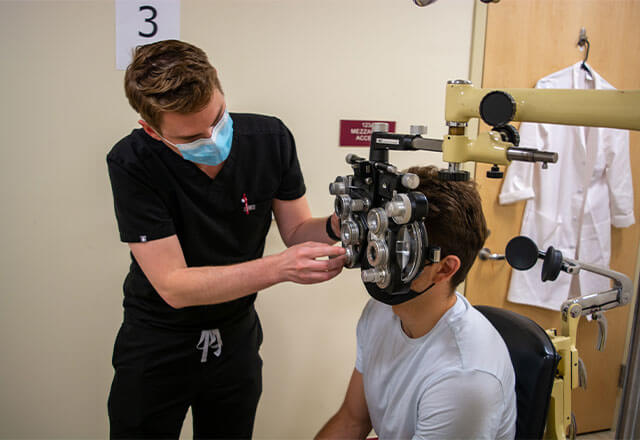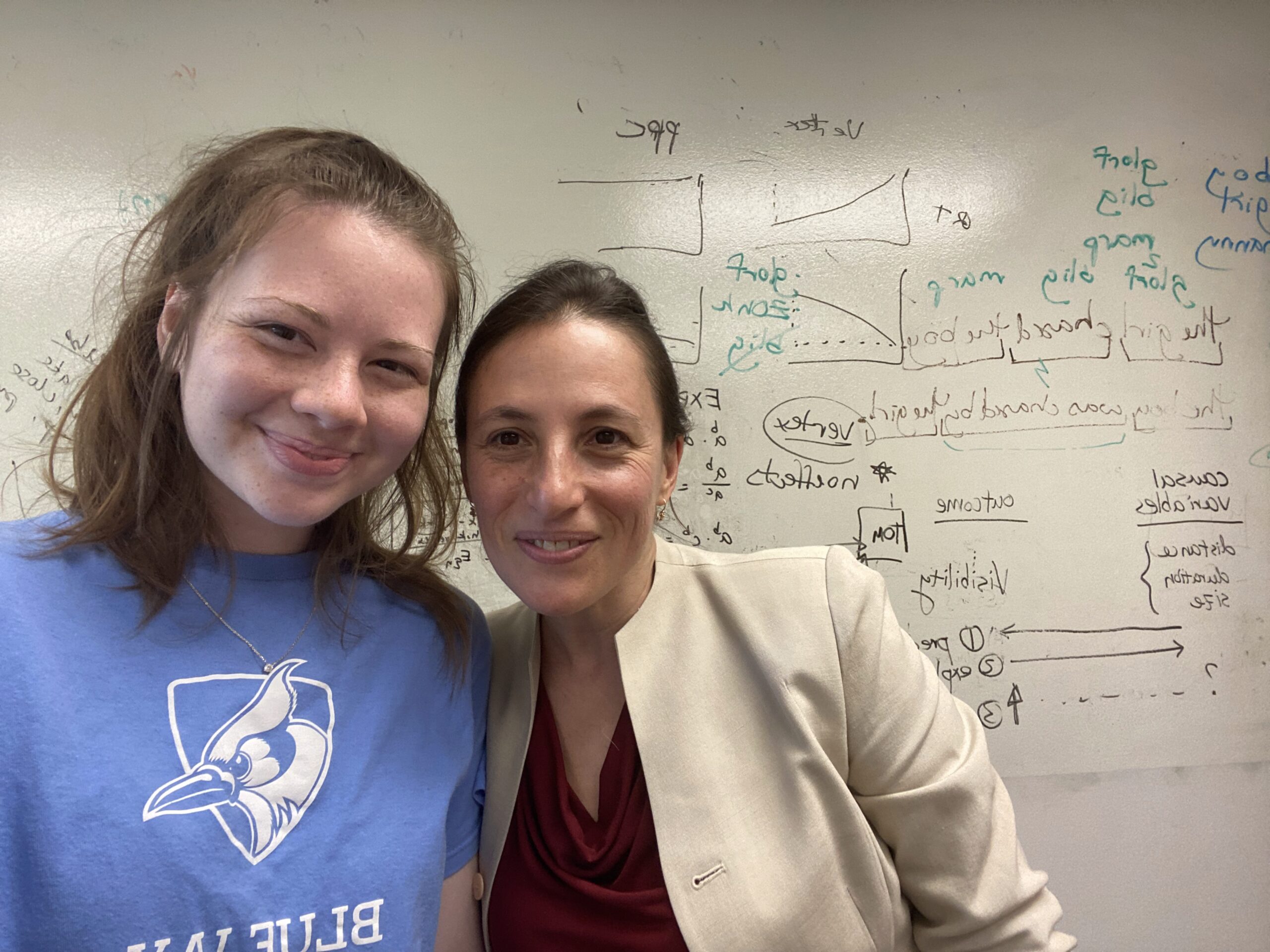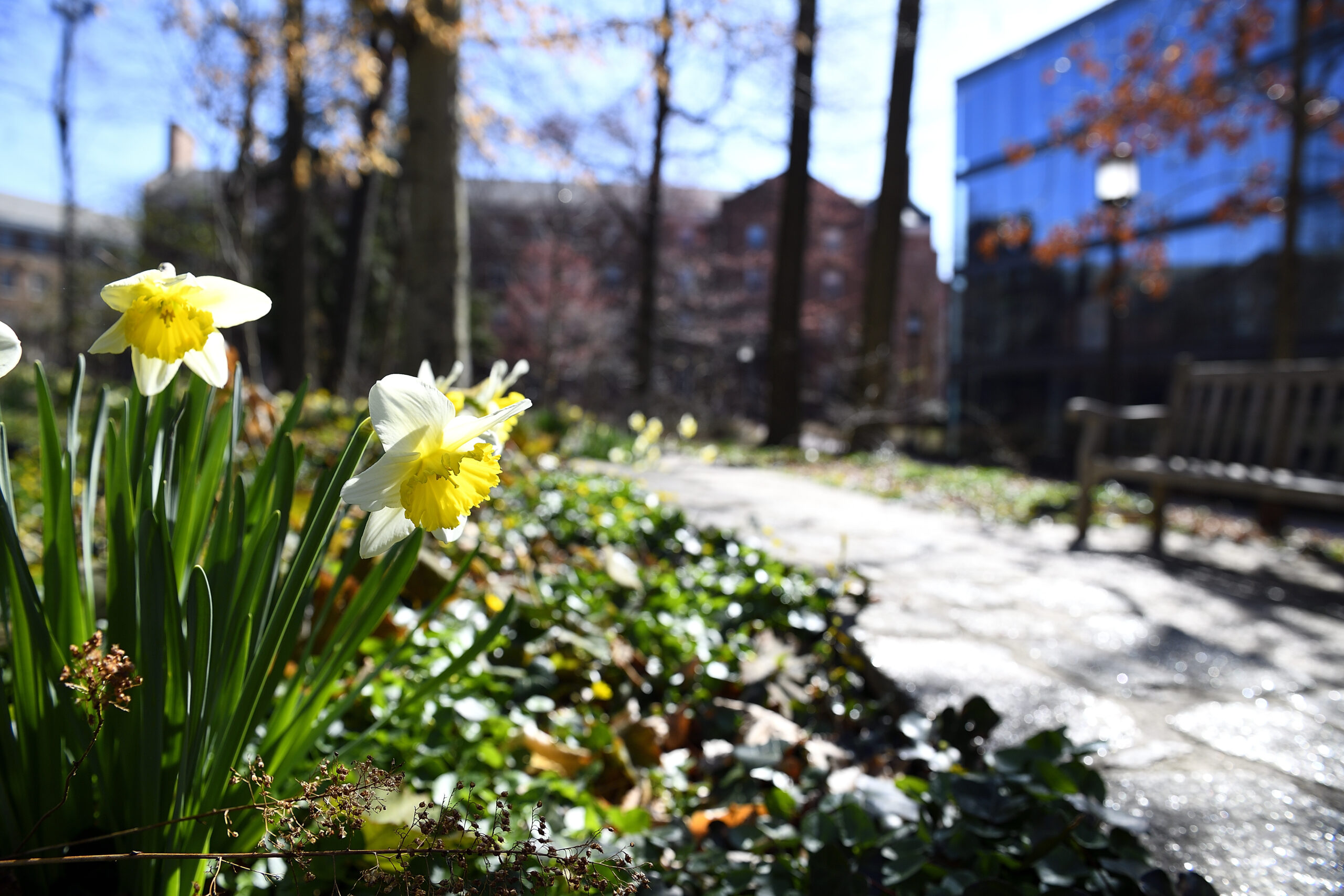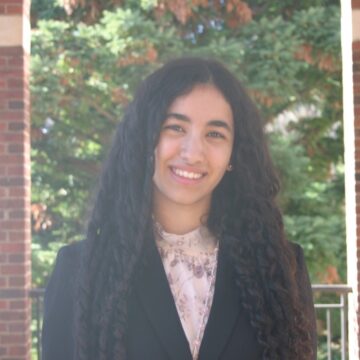
Growing up, I never considered myself to be the super-involved type of student. I was always in some extracurriculars, but my classes usually took full priority. At Hopkins, I was finally able to lean in to participating in activities outside the classroom much more, which has been both fun and enriching. The sheer vastness of opportunity here is really kind of impressive, especially when it comes to research and service.
I’ll start off by saying that any and every path that students take in finding research or service that speaks to them is valid! Everyone is different, there is no strict timeline of events you need to adhere to, and no one should feel pressured to rush into taking on more than they feel like they can. In my first year, I focused on acclimating to life in university, spending time studying for classes, hanging out with friends, and exploring the city of Baltimore.
I didn’t even consider engaging in research until the start of my sophomore year. I joined the ophthalmology lab at the Wilmer Eye Institute at the Johns Hopkins Medical Campus, where the focus is clinical research. Our studies involve human subjects, with an emphasis on anterior segment diseases (meaning the front portion of the eye). My main passion is studying dry eye, specifically meibomian gland dysfunction. Many people don’t know, but our eyelids contain tens of oil-producing glands that retain moisture on the surface of the eye. When these glands don’t function properly, the liquid component of the tear film evaporates too quickly, causing dry eye. I became interested in this and other conditions through my own personal experience with dry eye before even coming to Hopkins, and it’s been awesome to immerse myself in a space where I can exercise my curiosity and study the topics I care about most.
After my first research appointment, continuing to capitalize on new openings only got easier. Labs here put a huge focus on training students so that they can be strong contributors in many different roles. Additionally, different faculty I’ve met in the process have been super open to the ideas I bring to the table and are always looking for new collaborative activities. For example, after founding the Hopkins Optometry Club, we were able to connect with an optometrist at the School of Medicine and organize volunteer service outings to an eye clinic he runs for low-income immigrants from Latin America. This project has been so impactful on my experience at Hopkins, and, in my eyes, is a great example of how research involvement can lead to diverse avenues.

Pursuing research has been so rewarding. When I was first applying for positions, I had this feeling that my lack of prior experience was a barrier to my entry in the field. It made it harder to muster the resolve to sit down and apply, but talking to other students who had been in similar predicaments and getting their advice quelled my anxiety. Their recommendation was simple: people are more open-minded than you think, and it never hurts to try.
I want to encourage anyone reading this to have confidence in the fact that, at Hopkins, professors want you to succeed. Cold-emailing faculty whose work interests you is a sure-fire method. Communicating your desire to gain hands-on experience to expand on learning in the classroom can be especially compelling. When I was going through this process, I stopped by the Life Design Lab (LDL), a Hopkins office geared towards helping students advance their professional lives, and they gave me tons of useful tips. Discovering confidence in reaching out in this manner takes time, but I trust that anyone with interest and determination can get matched with a fulfilling placement at Hopkins.




